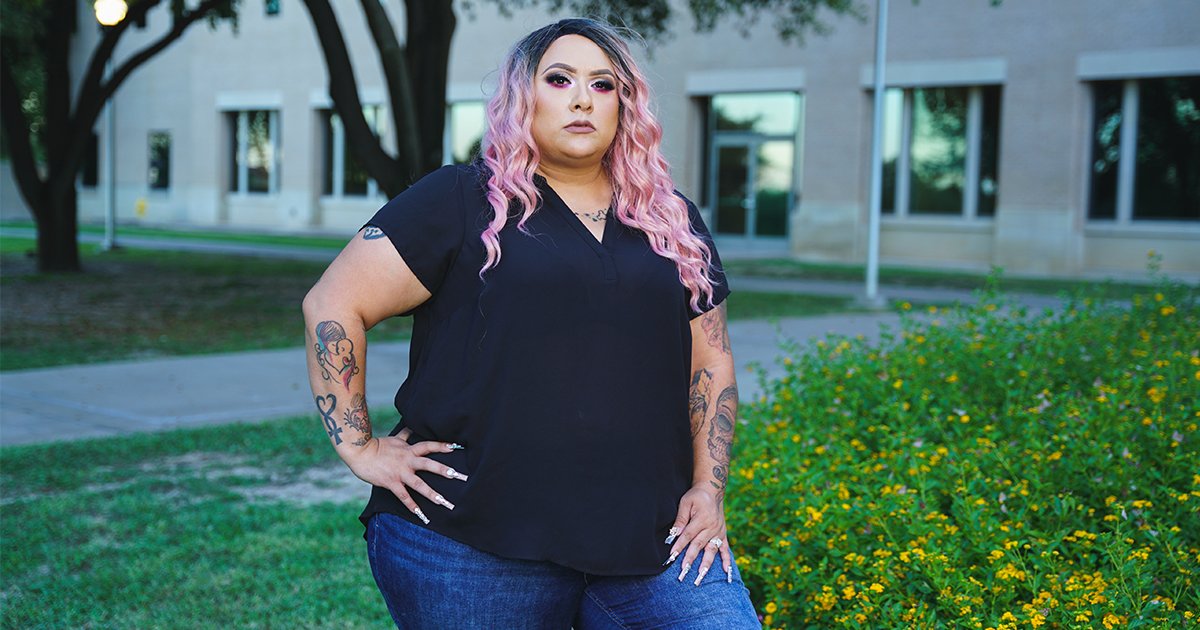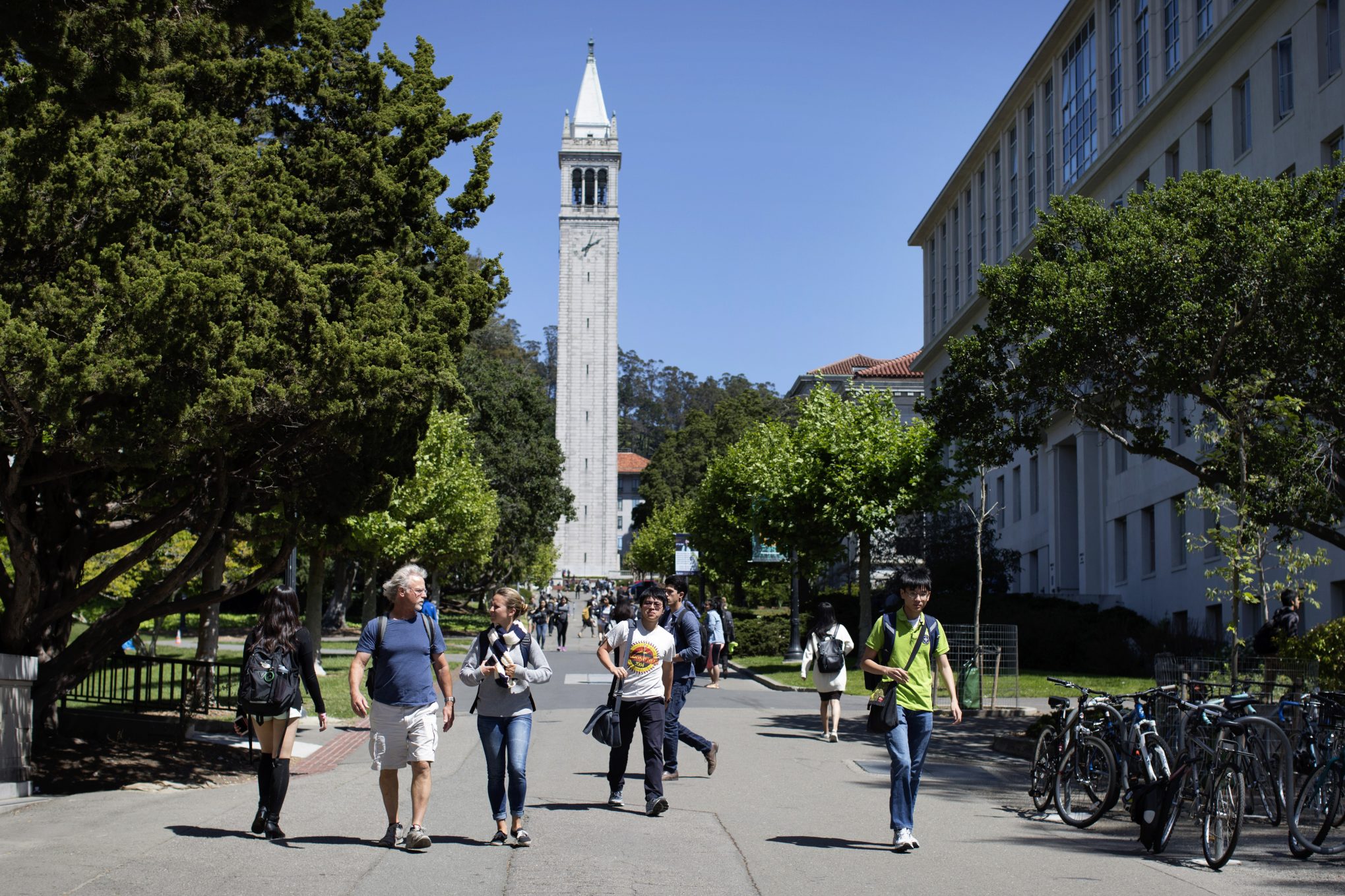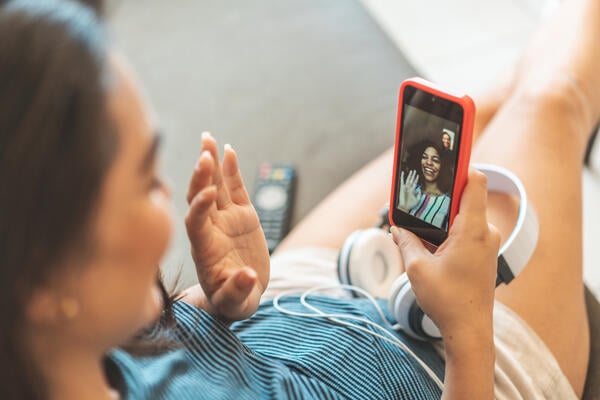The government can’t jail a journalist for asking a question. And when it does, it can’t get away with it scot-free. But that’s what happened to the police and prosecutors who arrested citizen journalist Priscilla Villarreal when she asked an officer questions in the course of reporting the news.
It was unconstitutional enough that these Laredo, Texas, officials arrested Priscilla for routine journalism — something freedom-loving Americans know the First Amendment protects. Even worse, they did so because she criticized them. And to further their plan to arrest Priscilla, they deployed a Texas penal statute aimed at curbing abuses of office —and one that Laredo officials had never before tried to enforce in its 23-year history.
After the Fifth Circuit denied Priscilla relief for her constitutional injury, the Supreme Court granted her petition and tossed out the Fifth Circuit’s decision. The Court ordered the Fifth Circuit to reconsider her case in light of an earlier ruling. But after the Fifth Circuit mostly reinstated its previous ruling, Priscilla and FIRE once again asked the Supreme Court to intervene.
Supporting Priscilla in front of the high court is an impressive and diverse coalition of media organizations, journalists, and defenders of civil liberties. These 11 amicus curiae briefs urge the Supreme Court to reverse the Fifth Circuit’s ruling in order to protect Americans’ First Amendment right to investigate and report the news and to ensure that officials can be held accountable when they infringe on that obvious right.
These reporters and media organizations wrote about how this important First Amendment case will impact the rights of all journalists:
- The Reporters Committee for Freedom of the Press and 24 news organizations including The New York Times, The Washington Post, and Dow Jones & Company (owner of The Wall Street Journal) demonstrate how history shows that “no technique has been more routine or central to newsgathering — from the Founding through the present day — than pursuing information about government affairs simply by asking for it.” In addition to attorneys from the Reporters Committee, the media coalition is also represented by Jackson Walker LLP.
- The MuckRock Foundation, an organization that drives public records requests across the country, is a nonprofit that assists the public in filing governmental requests for public records and then publishes the returned information on its website for public access. Journalists routinely use records MuckRock publishes to expose government corruption, misuse of government funds, and other matters of public concern. MuckRock’s brief warns that if upheld, “the Fifth Circuit’s decision will encourage other government officials, both high and petty, to harass, threaten, and arrest people for requesting information that the government would prefer not to release — even if the government may lawfully release the information under state law.” MuckRock is represented by Prince Lobel Tye LLP.
- A group of five current and former journalists — David Barstow, Kathleen McElroy, Walter Robinson, John Schwartz, and Jacob Sullum — emphasizes that no reasonable official would have thought Priscilla’s basic reporting practice was criminal. They also use real-life examples to demonstrate that “journalists cannot do their jobs if they must fear that any interaction with the government — even a simple request for truthful, factual information — may be used as a pretext for an arrest and criminal prosecution.” The journalists are represented by counsel at Covington & Burling LLP.
- The Dallas Free Press submitted a brief with Avi Adelman and Steven Monacelli, two independent journalists who, like Priscilla, have been arrested or detained while reporting on law enforcement. The brief details how when faced with “closed doors and empty mailboxes … journalists must develop alternative sources to perform their job — a public service indispensable to our democracy.” And if communicating with these sources could result in arrest, independent journalists “are especially vulnerable … given that they may lack the resources and institutional backing of a larger news outlet in the event that they are prosecuted.” The Dallas Free Press, Adelman, and Monacelli are represented by the SMU Dedman School of Law First Amendment Clinic, Thomas Leatherbury, and Vinson & Elkins LLP.
This impressive group of organizations across the ideological spectrum wrote to emphasize the problems with applying qualified immunity in cases like Priscilla’s:
- First Liberty Institute explains that “the government arresting a journalist for asking questions so obviously violates the First Amendment that no reasonable official would sanction such an action.” And FLI points out that “it comes as no surprise that there is no case directly on point with the facts here” because “these sorts of outrageous fact patterns are more frequently found in law school exams than in real life.” FLI is represented by Dentons Bingham Greenbaum LLP.
- The Americans for Prosperity Foundation articulates that qualified immunity is inappropriate when it shields government officials from liability for “intentional and slow-moving” infringements of First Amendment rights. Moreover, AFPF argues, qualified immunity especially threatens constitutional rights when officials enforce rarely-used statues, because “the more obscure the state law, the less likely it is that a prior case was decided on a similar set of facts.”
- The Law Enforcement Action Partnership — whose members include police, prosecutors, and other law-enforcement officials — stress that the Supreme Court “has consistently held that qualified immunity does not shield obvious violations of bedrock constitutional guarantees.” The brief observes that “the dramatic expansion of criminal codes across the country has made it easier than ever” for law enforcement to pretextually arrest someone as punishment for exercising their First Amendment rights. LEAP is represented by Gibson Dunn & Crutcher LLP.
- Young America’s Foundation and the Manhattan Institute highlight that “the First Amendment’s guarantees limit state law, not the other way around.” Their brief also explains how the Fifth Circuit’s failure to recognize decades of Supreme Court precedent protecting “routine news-gathering activities under the First Amendment … erodes essential free-speech and free-press rights.” YAF and the Manhattan Institute are represented by the Alliance Defending Freedom and The Dhillon Law Group.
- The Institute for Justice urges reversal of the Fifth Circuit’s decision because “it undermines the text and original meaning of Section 1983,” which protects constitutional rights when violated “under color of” state laws and “notwithstanding” state laws that purport to limit those rights. IJ also stresses that the Fifth Circuit’s application of qualified immunity in the context of an obvious constitutional violation “is inconsistent with the prudential rationale underlying qualified immunity: the carefully calibrated balancing of government and individual interests.”
- The Constitutional Accountability Center details the history of Section 1983 and cautions that because “qualified immunity is at odds with Section 1983’s text and history, courts should be especially careful to respect the limits on the doctrine.” CAC points out that this is an especially inapt case for qualified immunity because Section 1983 was adopted precisely to combat things like the criminalization of speech by pre-war slave codes and retaliatory prosecutions against critics of slavery.
- The Cato Institute underlines that in the context of qualified immunity, “clearly established law is an objective inquiry of reasonableness, not a blind reliance on a lack of judicial precedent.” Cato also warns that “freedom of the press cannot meaningfully exist if journalists are not allowed to seek information from government officials.”
Priscilla and FIRE are exceedingly grateful for the support of this diverse and formidable amicus coalition. With this support, she is hopeful the Supreme Court will hold that journalists — and all Americans — can seek information from government officials without risking arrest.











